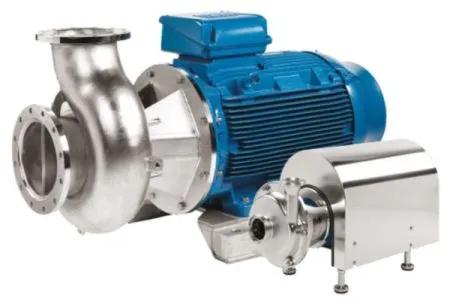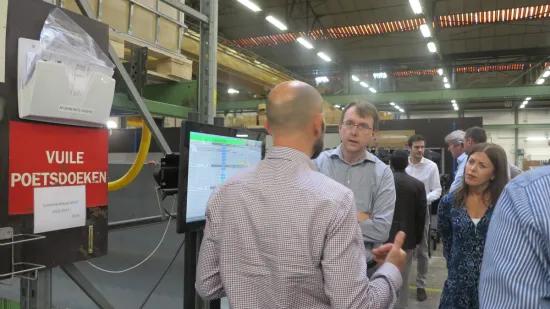At Packo Inox's production site in Diksmuide various activities are carried out: design, assembly, finishing and testing of industrial pumps and hygienic components. In addition, the surface treatment of stainless steel products is also subcontracted to other companies. The company was looking for a way to optimise its production, in order to further improve throughput times and quality. It applied different strategies and recently made the first steps towards QRM, to enable further improvement.
(Image: Packo Inox)
Lean and flow
In the sectors where the company operates, short lead times are a major advantage over the competition. A few years ago, the company wanted to optimise its operations in order to shorten or predict turnaround times, improve the unclear status of orders, reduce the need to continuously put out small fires, etc. Packo investigated the possibilities of lean and started to apply the method. Later it evolved into its own strategy: 'Creating Flow'. The idea was to tackle the largest production group (with growth potential) first: i.e. customised centrifugal pumps. Some important results of the actions were visualisation of the flow, a halving of the lead time of a standard pump, a better distribution of the workload and more involvement of the team.
First steps towards QRM
Although the adjusted method was accompanied by many positive results, it was more difficult to apply it to the hygienic components, as it involved customisation and there is a great deal of fluctuation in production. In order to overcome these obstacles, Packo recently took its first steps towards Quick Response Manufacturing (QRM). The production was divided in QRM cells. In this way the delivery time could be met better and shorter delivery times were possible. This requires more flexibility and the ability of the operators to perform different tasks, which required additional training.>
Digital support of the cells
Furthermore, the company opted to switch to the use of the production control package Propos for the production planning of the hygienic components. Propos monitors the status of orders in real time and shows the priorities on touch screens in production. The changeover to Propos forced the company to start working differently. Therefore, the next steps towards QRM were taken. In the past year, the company took important steps forward by setting up QRM cells, with the Propos software further supporting the teams in the cells. In the space of six months, the number of products ready on time has more than doubled.




